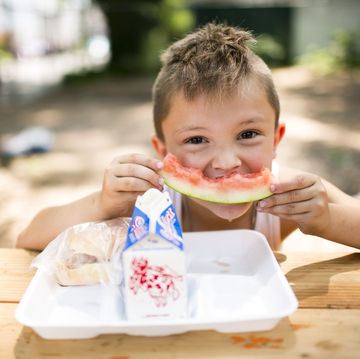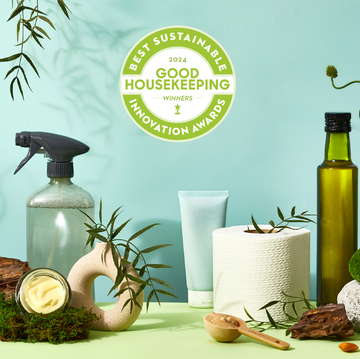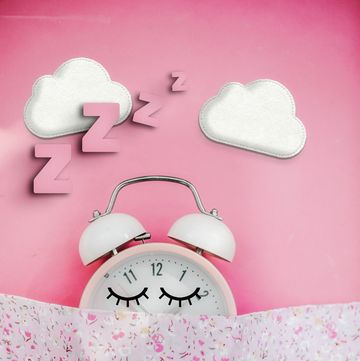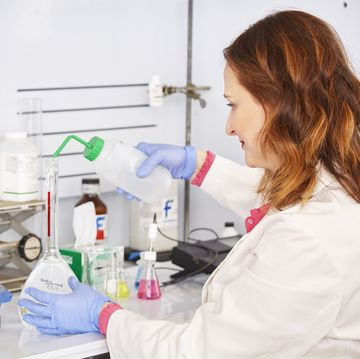Sadly, I just heard about another family that lost its home as a result of a fire started in a clothes dryer. Thankfully, everyone escaped unharmed but everything else is gone. My friend (who relayed the story) and I started talking about the hidden dangers lurking in the laundry room and I began to think that it might be helpful to share with you some important safety reminders about the appliances and products used there. Here are the most important laundry room dangers to be aware of:
1. Lint build-up It's no secret that lint collects in and around the dryer and these accumulations can ignite and engulf a dryer, or worse your home, in flames. Be vigilant about cleaning the lint screen after every load and regularly vacuuming the filter chamber to remove clumps of lint trapped there. To better access lint stuck deep inside the chamber, try the Lint Lizard. It's one of our favorite infomercial products. It's thin plastic tube attaches to your vacuum cleaner and is neater and easier to use than any brush we've tried. Only a technician can disassemble and clean a dryer's motor, but at least once per year move your dryer away from the wall, disconnect the vent duct and vacuum the back of the dryer and as far into each end (indoors and outdoors) of the duct as you can reach.
2. Flimsy dryer duct Never vent your dryer with a thin foil accordian duct. It may be flexible and easy to install, but it's a magnet for lint. Instead use a rigid metal duct. Make sure the vent is as straight and short as possible. Unnecessary bends collect lint and slow drying time and extra long ducts are harder to clean.
3. Brittle washer hoses Over time traditional rubber hoses can dry out, crack, leak and burst. Replace these hoses with reinforced braided ones. For an extra measure of safety, turn off the hot and cold water valves to your washer after your last load of laundry. It's an easy habit to learn for a little peace of mind.
4. Improperly stored detergents It bears repeating. Keep laundry detergents, bleach, and all cleaning products out of reach of children and pets and keep the packages closed when not in use. The recent rash of injuries to children who have bitten and swallowed the new single-dose laundry packets is proof that cleaning products are still too readily accessible to children.
5. Unlocked washer controls If the control panels of washer and dryer have child locks, make it a point to engage them so little fingers can't accidently start the appliances. This is important if you have young children or they come to visit. An open washer or dryer door is an invitation for small children or pets to climb inside. If you leave the washer door open to allow the tub to dry, be sure to lock the controls and set a timer as a reminder to return to close it. A laundry room with a locking door is the best way to keep children and pets from playing near these appliances.
The most important safety tip I can recommend is, never leave the house or go to bed with your washer, dryer, or any appliance running. When you're home and alert, you have the best chance of addressing an emergency and containing any damage.
Before you invest in a new washer or dryer, consult our online reviews for the results of our latest tests.
To see firsthand how we test washers, dryers, and all the products we recommend, sign up for a Good Housekeeping Research Institute tour.
Carolyn Forté brings more than 40 years of experience as a consumer products expert to her role as executive director of the Good Housekeeping Institute's Home Care and Cleaning Lab. Using deep analytical testing and writing expertise in appliances, cleaning, textiles and organizational products, she produces cleaning and home care advice for GH, has authored numerous books and bookazines for the brand and partners with the American Cleaning Institute to co-produce the Discover Cleaning Summits. She holds a bachelor's degree in family and consumer sciences from Queens College, City University of New York.













